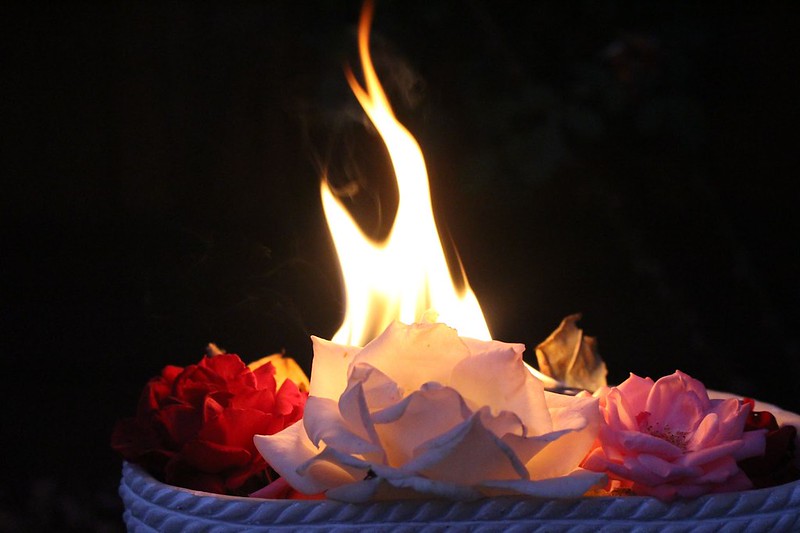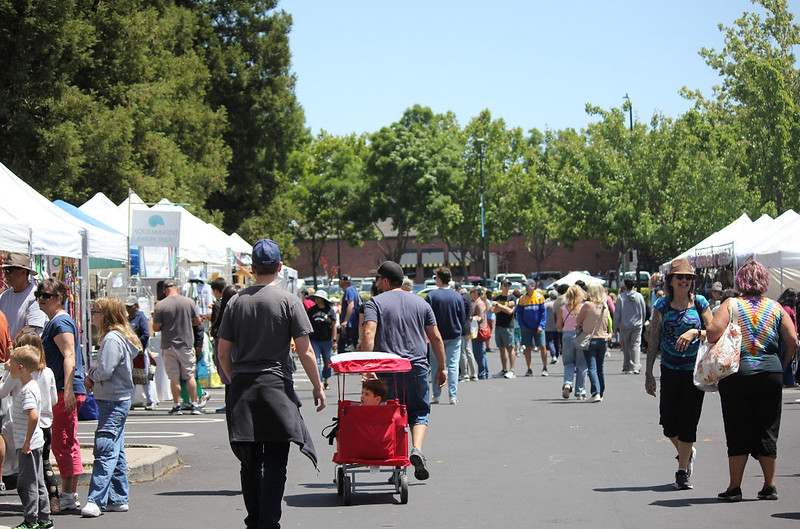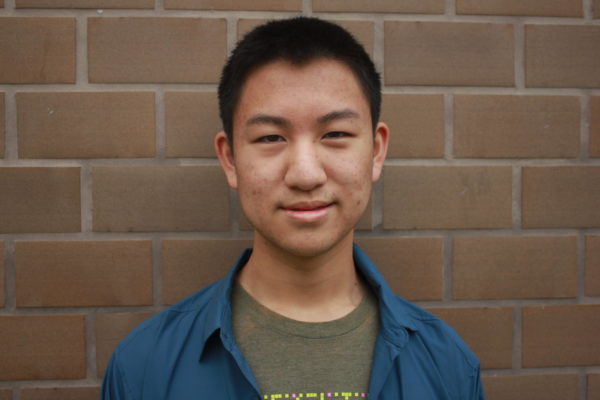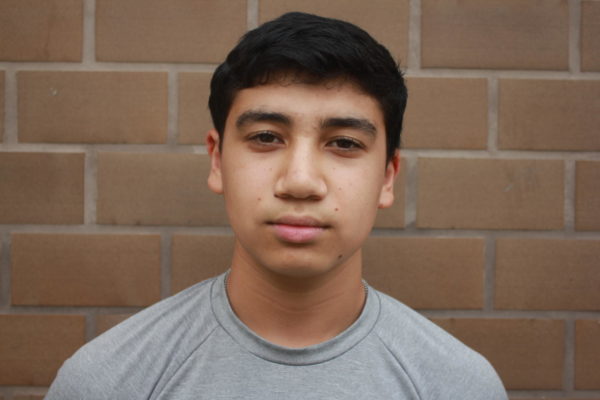California’s 2023 fire season has been subdued compared to past years, allowing for less damages to local communities and more pristine skies.
Heavy rainfall in this past spring helped alleviate fire risk later in the summer.
“Every year we go through this argument on the years that we have a lot of rain,” San Ramon Firefighter Daryl Case said. “There’s a group of people who say, ‘oh, this year, everything’s gonna grow so big. When it goes dry, it’s going to be a huge fire danger.’”
However, this year, the atmospheric rivers brought much needed rainfall that lifted almost two-thirds of California out of drought. Much vegetation, including grasses in and near San Ramon, remained green and healthy for longer rather than becoming dried fuel.
“One year of lots of water doesn’t really affect the long term, because [a plant] doesn’t take one season to get dry,” San Ramon Fire Captain Robert Fouts said. “It takes many, many, many years of drought. […] The biggest factor I think [we] could say would be humidity. And wind. […] I mean, when it’s hot, you still get fires. But in order to get [huge] ones, you need all that stuff together.”
Determining how severe fires are also depends on human response. Throughout California, government fire prevention services have poured in great effort to stop blazes from expanding.
“[The EPA] have almost doubled or tripled or quadrupled the amount of air support,” Fouts said. “We can’t fight [wildfires] with our little fire engine and put this stuff out. […] So they started dumping money into tons of aircraft […] And I think that’s probably another huge factor.”
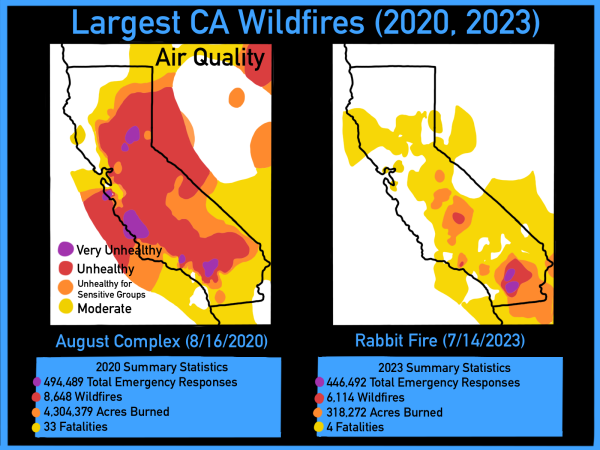
Ultimately, each year’s conditions are unique: it’s difficult to judge ahead of time what coming fires will be like. Luckily for Californians, the past year’s wildfires have been relatively subdued — they burned less than a tenth of the land area and destroyed 300 times fewer buildings than fires in 2020, the worst year of wildfires in California history.
“It has almost everything to do with weather,” Fouts said. “That’s like predicting hurricanes on the East Coast.”
With no fires to emit fumes, California enjoyed clear skies. In years with more fires, smoke can easily spread from fires all over the state.
“We get huge fires that are way up north and it’ll slowly travel down here and make smoky days,” Case said about wildfire smoke.
“The fires burn so hot that [smoke] gets up in the upper air stream and it’ll just go forever,” Fouts added.
Besides dulling the sky, the fire season can especially be problematic for outdoor athletes and those with breathing problems.
“I’m asthmatic,” golf player Benjamin Wang said. “So I’ve struggled with that since I was a baby. […] The smoke will get me light headed and sometimes I even get an asthma attack. I determine my own practice schedule so I work around that.”
Athletes like Wang are able to practice more comfortably in seasons with fresher air.
The firefighters themselves play a great role in reducing fire-related risk. Though they enjoy the opportunity to help put out fires, they’re never disheartened by a slow wildfire season.
“Yeah, we’re ok with [less fires],” Fouts commented. “It’s like car crashes. You don’t want it to happen, but it’s inevitable. And we go do the best we can with what we got to work with.”


